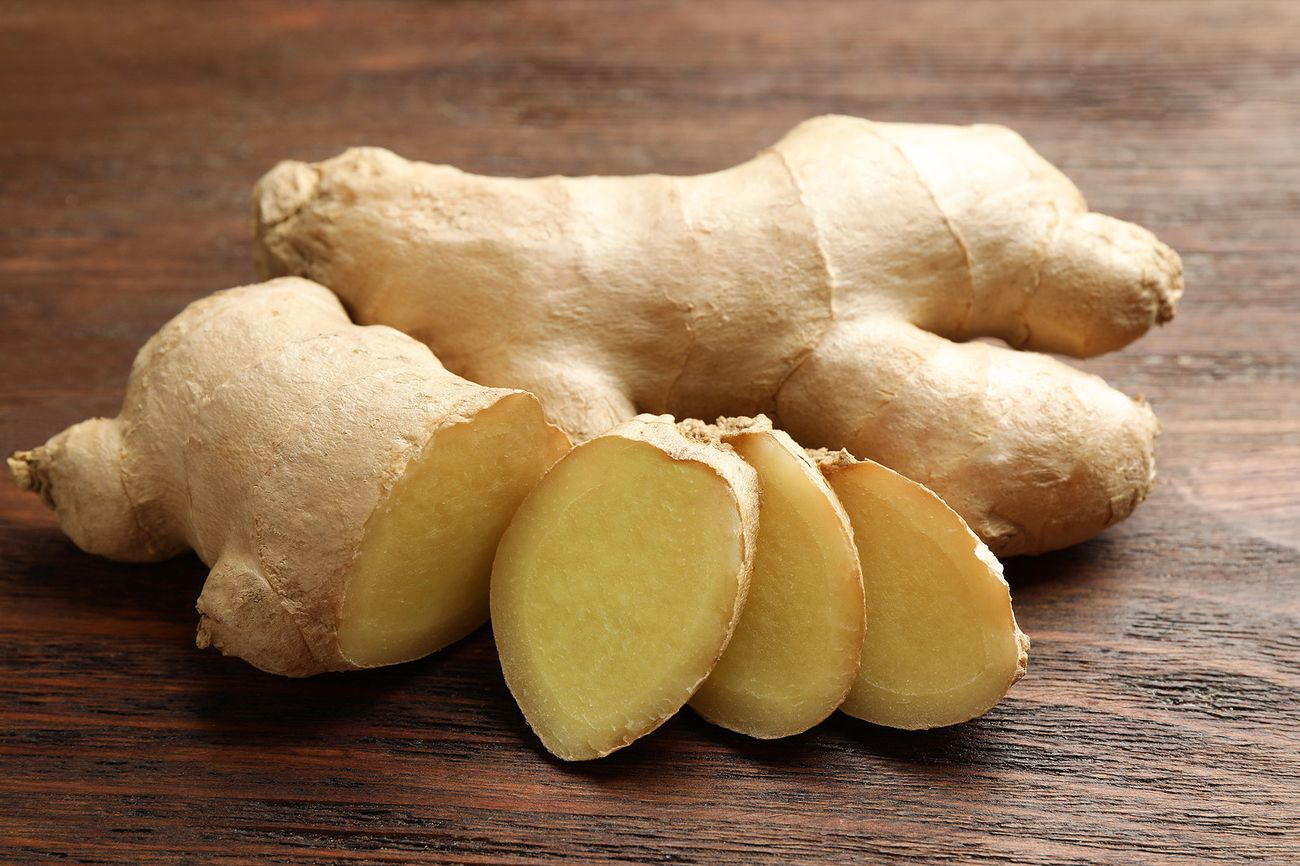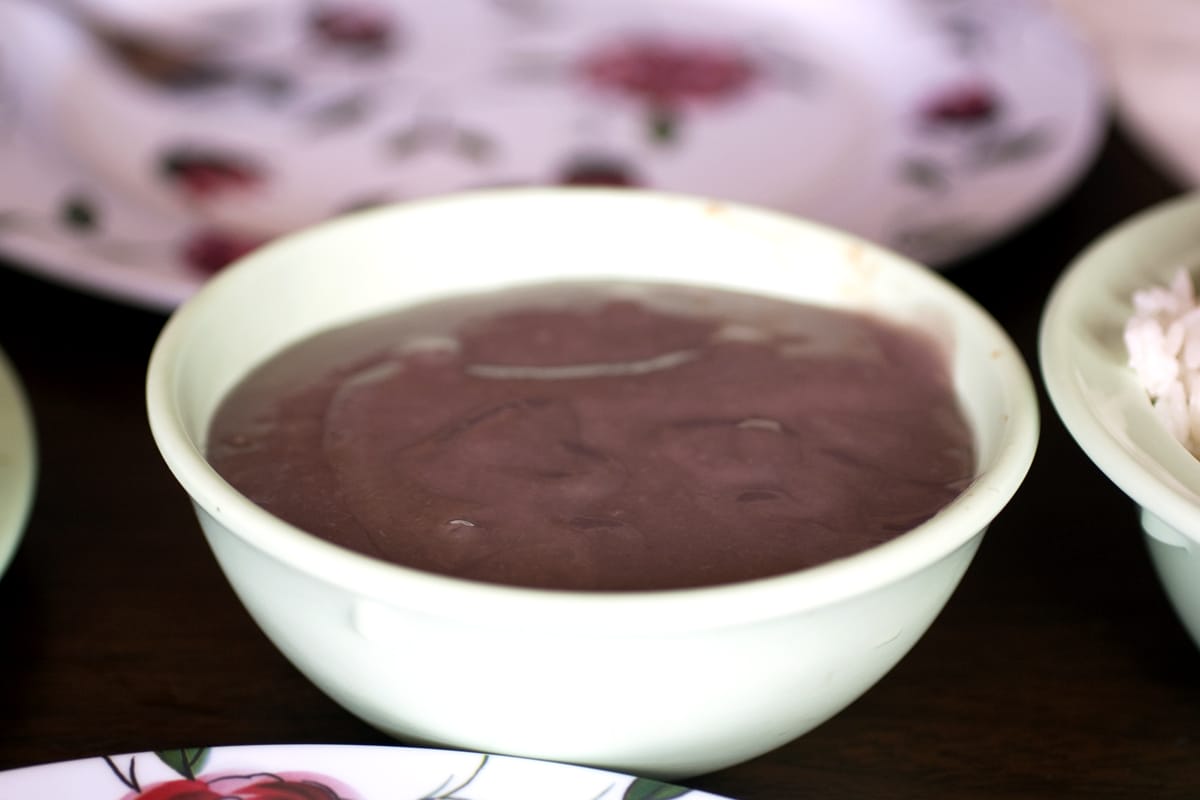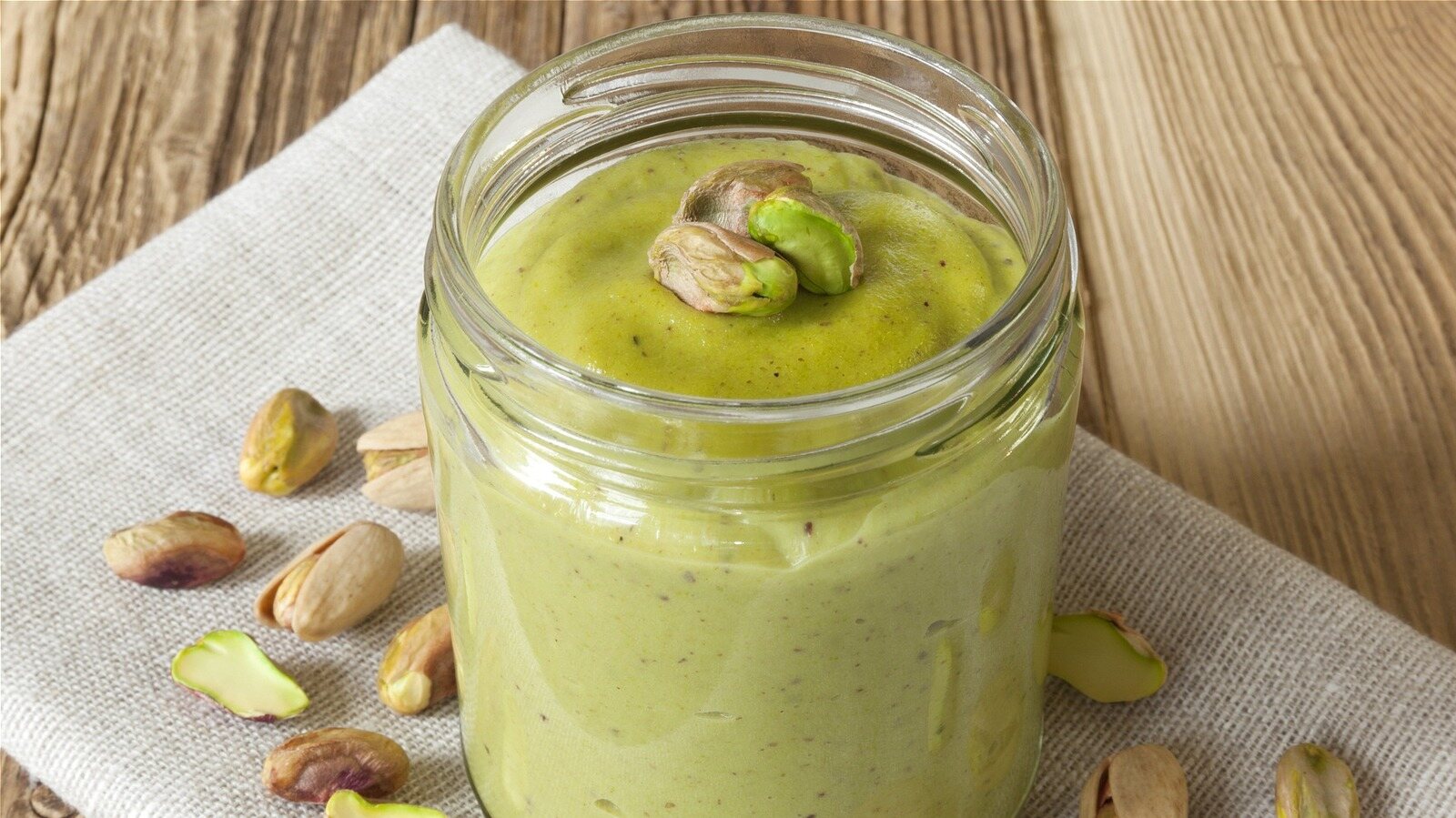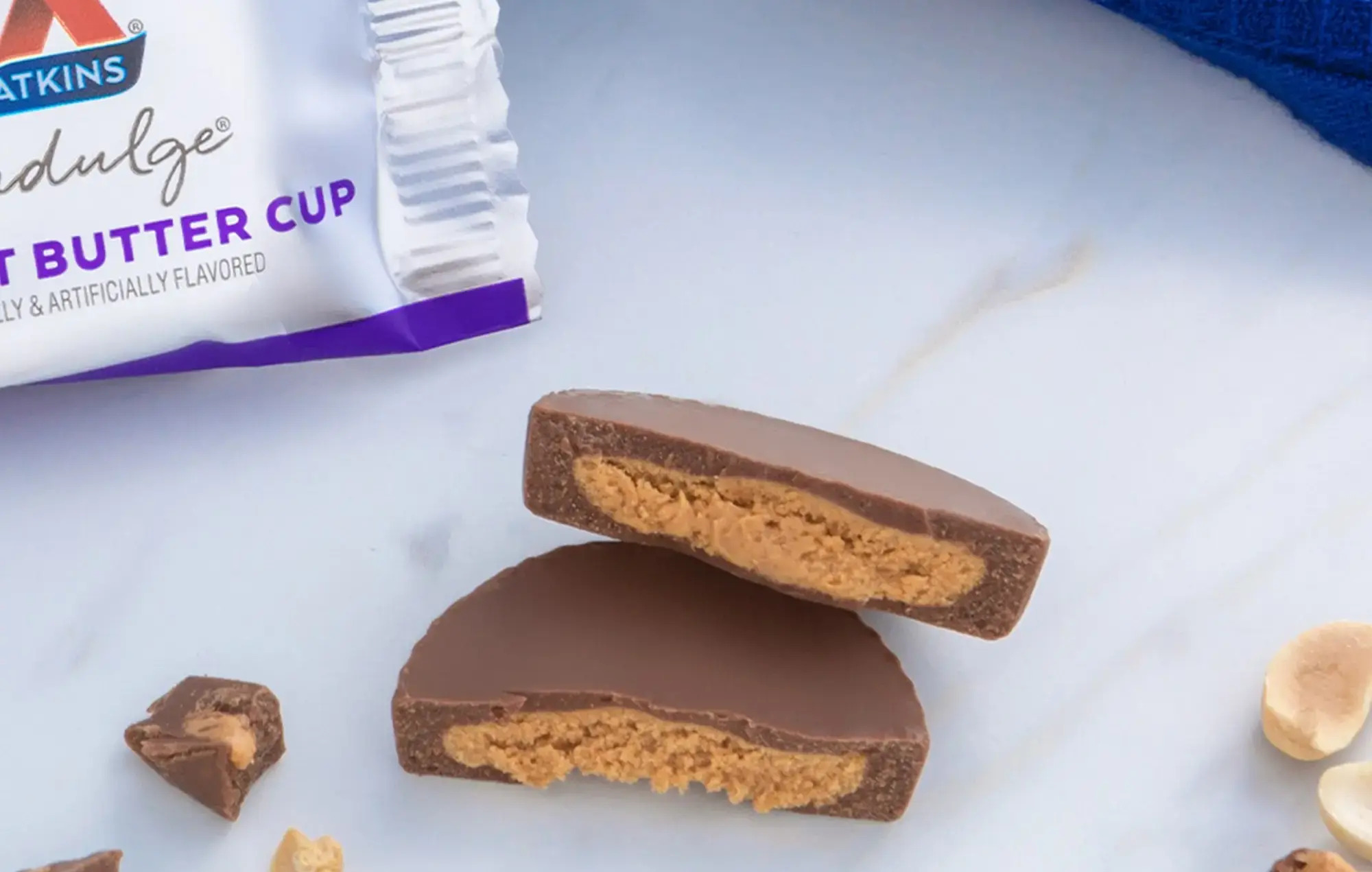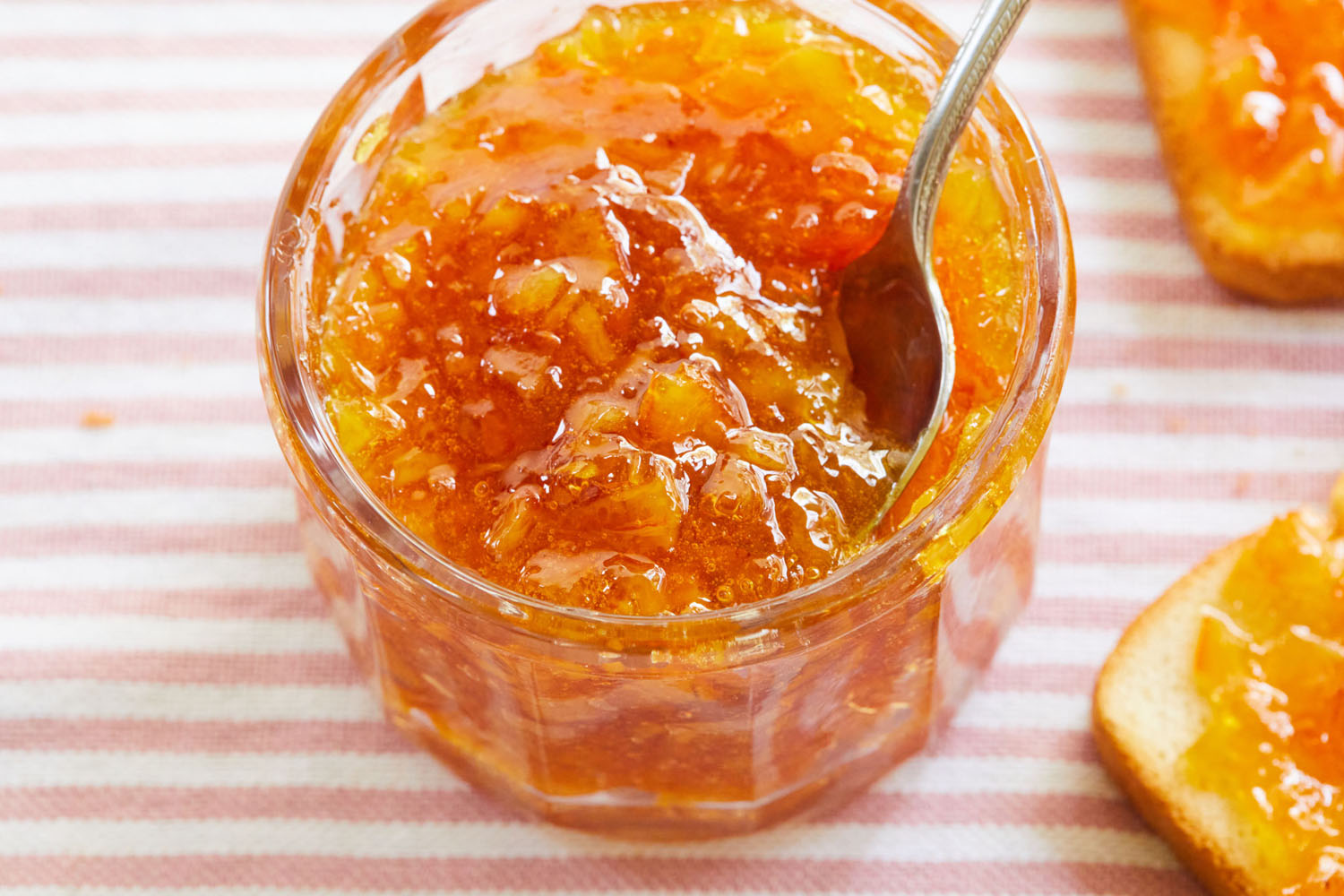What is Whale Blubber?
Whale blubber, also known as whale fat, is a thick layer of fat found under the skin of whales. It serves as an important energy reserve for these magnificent creatures, helping them survive in cold ocean waters. In some cultures, whale blubber has been a traditional food source for centuries, providing essential nutrients and energy to those living in harsh Arctic environments.
Preparing Whale Blubber
Before consuming whale blubber, it’s important to properly prepare and process it to ensure it is safe to eat. Here are the steps to prepare whale blubber for consumption:
- Remove the Skin: The first step is to remove the tough outer skin of the whale blubber. This can be done using specialized tools to carefully separate the blubber from the skin.
- Clean and Rinse: Once the blubber is separated, it should be thoroughly cleaned and rinsed to remove any impurities or contaminants.
- Cut into Portions: The blubber can then be cut into smaller, bite-sized portions for easier consumption.
- Store Properly: If not consumed immediately, the whale blubber should be stored in a cool environment to prevent spoilage.
Ways to Enjoy Whale Blubber
Whale blubber can be enjoyed in various ways, and its rich, fatty texture lends itself well to different cooking methods. Here are some popular ways to enjoy whale blubber:
- Raw: In some cultures, whale blubber is consumed raw, providing a rich source of energy and nutrients.
- Rendered into Oil: Whale blubber can be rendered into oil, which can be used for cooking or as a condiment.
- Cooked: Whale blubber can be cooked in stews or soups, adding a unique flavor and richness to the dish.
- Dried: Dried whale blubber, known as “stink blubber” in some cultures, is a preserved delicacy enjoyed for its intense flavor.
Nutritional Benefits of Whale Blubber
Whale blubber is a rich source of nutrients and has been a vital part of traditional diets in many Arctic communities. Here are some nutritional benefits of consuming whale blubber:
- High Energy Content: Whale blubber is high in calories and provides a concentrated source of energy, essential for survival in cold climates.
- Omega-3 Fatty Acids: It is rich in omega-3 fatty acids, which are beneficial for heart health and overall well-being.
- Vitamin D: Whale blubber is a natural source of vitamin D, important for bone health and immune function.
- Absorption of Nutrients: The high fat content of whale blubber aids in the absorption of fat-soluble vitamins and nutrients.
Respecting Cultural Traditions
It’s important to approach the consumption of whale blubber with respect for the cultural traditions and practices of communities where it is a traditional food source. For many indigenous peoples, whale blubber holds deep cultural and spiritual significance, and its consumption is tied to traditional hunting practices and sustainability.
Final Thoughts
While the consumption of whale blubber may be unfamiliar to many, it is a valuable source of nutrition and sustenance for communities in the Arctic regions. Whether enjoyed raw, cooked, or rendered into oil, whale blubber has been a traditional food source that has sustained generations of people living in harsh environments. By understanding the cultural significance and nutritional benefits of whale blubber, we can appreciate its role in diverse culinary traditions and the resilience of the communities that rely on it.







